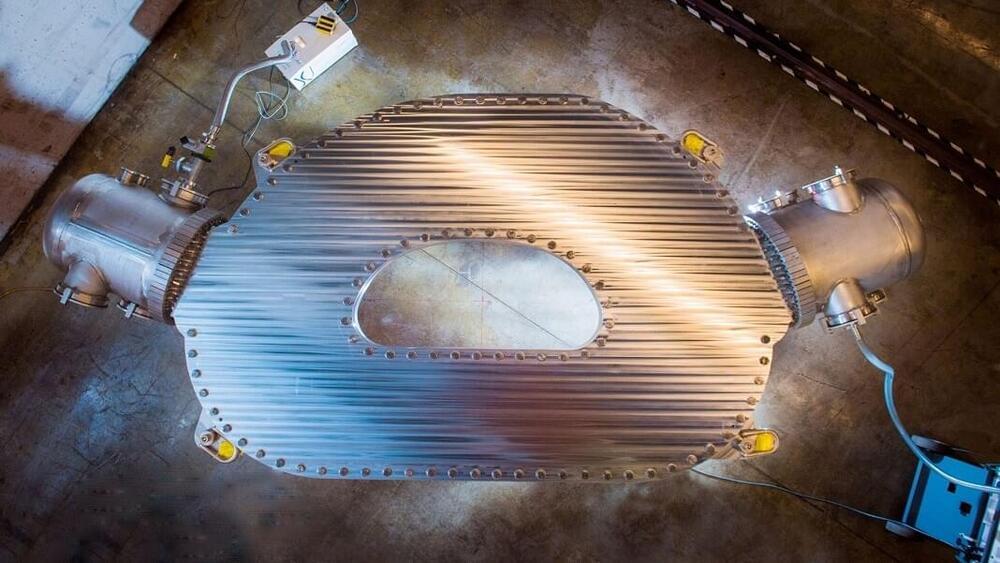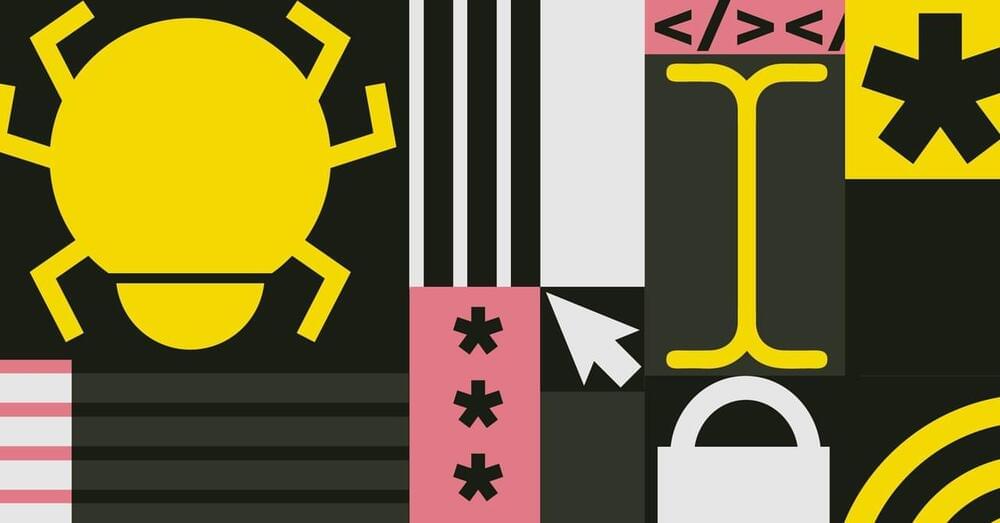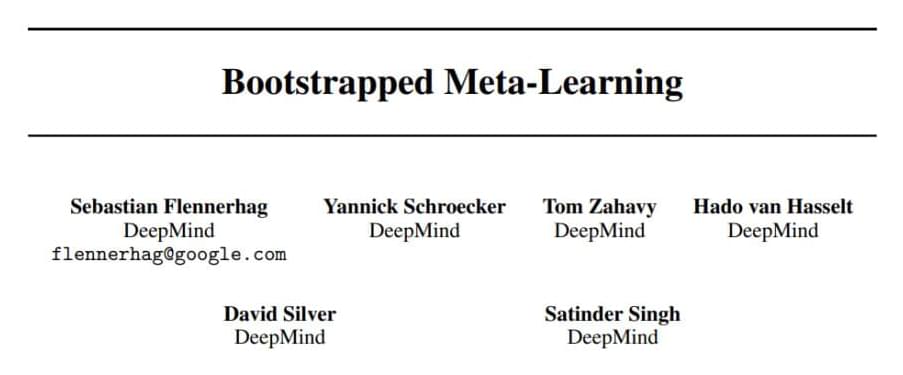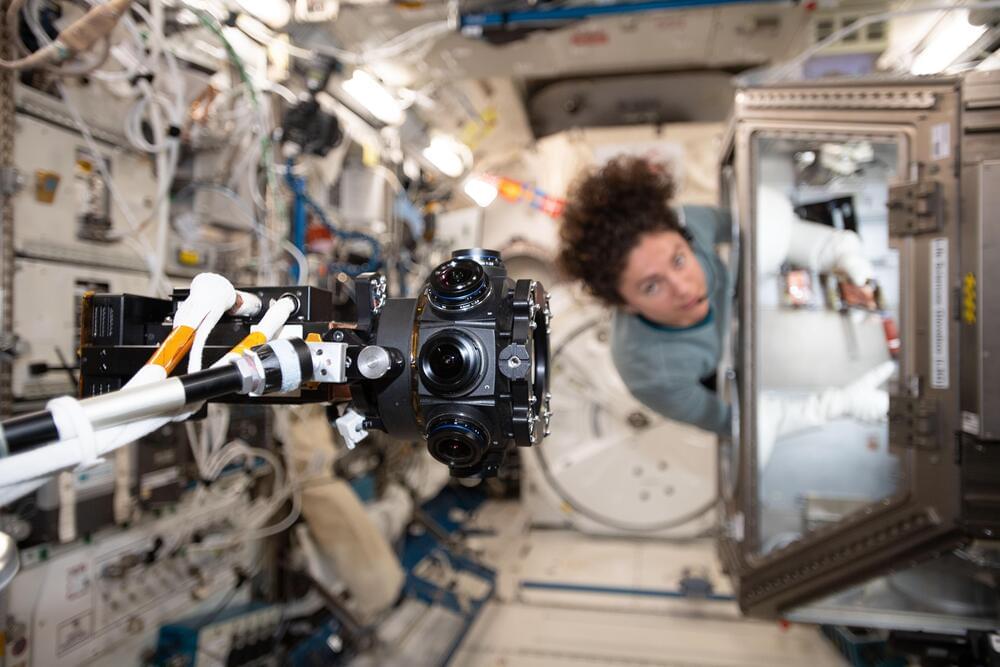The Indiana Department of Transportation (INDOT), Purdue University, and German startup Magment GmbH have announced the plans to develop the world’s first contactless wireless-charging concrete pavement highway segment. The project will use innovative magnetizable concrete, enabling wireless charging of electric vehicles as they drive.
The project will progress in three primary stages. The two first phases will feature pavement testing, analysis, and optimization research conducted by the Joint Transportation Research Program (JTRP) at Purdue’s West Lafayette campus. In the third phase, INDOT will construct a quarter-mile-long testbed at a location yet to be determined. There, the engineers will test the innovative concrete’s capacity to charge heavy trucks operation at high power (200 kilowatts and above).
Once the testing of all three phases has been successfully completed, INDOT will use the new technology to electrify a yet-to-be-determined segment of the interstate highway within Indiana.





